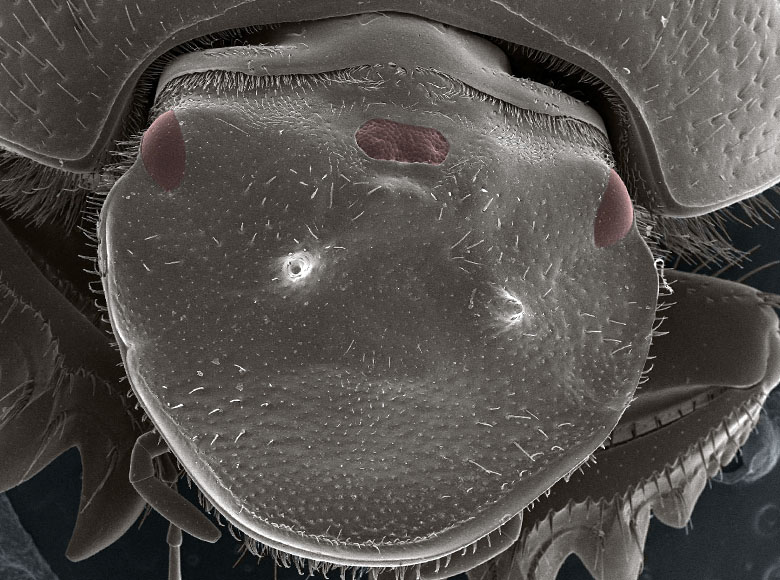The holobiont as a unit of selection
by Scott F Gilbert and colleagues
In our recent paper published in Biological Theory, we present compelling evidence that the holobiont is a unit of evolutionary selection, and we propose a new mathematical model to help us understand its evolution. But first, what is a holobiont? A holobiont is a large organism (a “macrobiont,” such as an animal, fungus, or plant)
read more








